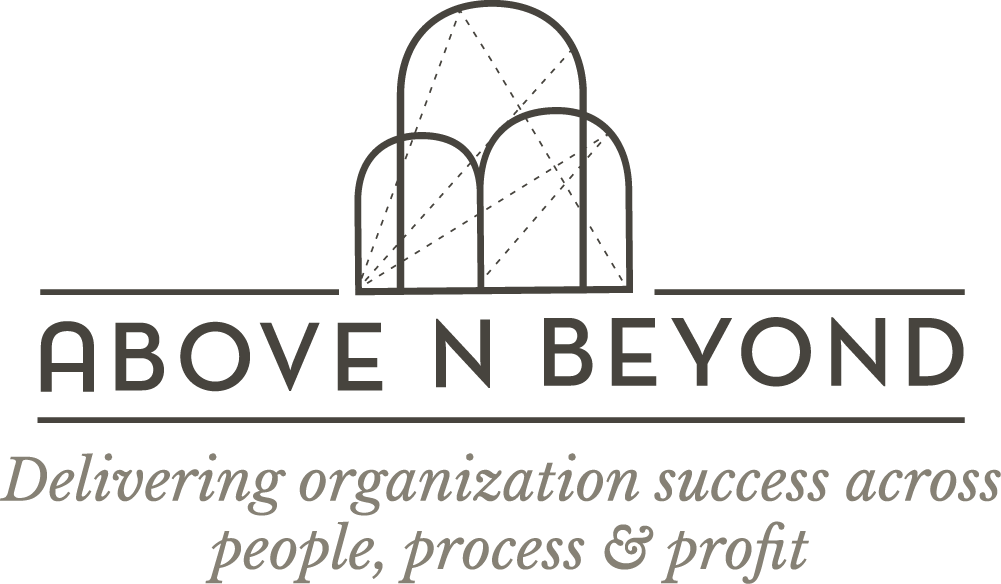
The Art of Consequence Management!
Last week, I was at a forum with some senior industry leaders and the topic of challenges in growing and scaling their organizations came up.
Many of them felt that one of the biggest challenges was creating the right next level, to manage scale and drive accountability. A lot of dialogue went back and forth on what could be some potential solutions to address and bridge the gap. One leader shared a concept, which caught my attention immediately: Consequence Management. He said he had started implementing this concept within his team, this year.
A lot of times, you hear leaders complain about people not performing well, or not delivering up to the mark or standing accountable for their actions. In a competitive market, only consistent high quality performers can sustain and thrive. Anything lesser will not work, at least in the long run.
It’s like that story about four people named Everybody, Somebody,Anybody and Nobody. If you are from anywhere near the corporate world, I’m sure you’ve heard the story. To those unaware, it goes something like this –
‘There was an important job to be done and Everybody was sure that Somebody would do it. Anybody could have done it, but Nobody did it. Somebody got angry about that, because it was Everybody’s job. Everybody thought Anybody could do it, but Nobody realized that Everybody wouldn’t do it. It ended up that Everybody blamed Somebody when Nobody did what Anybody could have done.’
This is a very common occurrence in many companies. Despite expectations being very clearly set and feedback being provided consistently, people are seldom clear on the consequences for doing well or not doing well in their roles. And sometimes, they think they can get away with it!
The leader I mentioned above, shared that – for his leadership team, including himself, a clear ‘consequence’ for every ‘action’ and ‘inaction’ has been established. Expectations are set very clearly at the outset. And then everyone is brought on the same page on ‘what’s in it for me’ for doing or not doing their job.
What is even more interesting is that ‘consequence’ is not used as a ‘negative’ word, nor does it imply a reactive approach or a threat. Instead, what it does is establish in advance, the clear outcomes for someone’s actions, stating the ‘reward’ or ‘downside’ for a given standard of performance.
To think of it, by setting the right expectations, having consistent channels of communication and clearly defining consequences, leaders are better enabled to manage and drive high levels of accountability.
For leaders, the clarity on what their expectation is from each role is important to achieve the results. And this art of consequence management – that clarifies the ‘carrot’ and the ‘stick’ – makes driving people to achieve their results more effective, consistent and fair.
